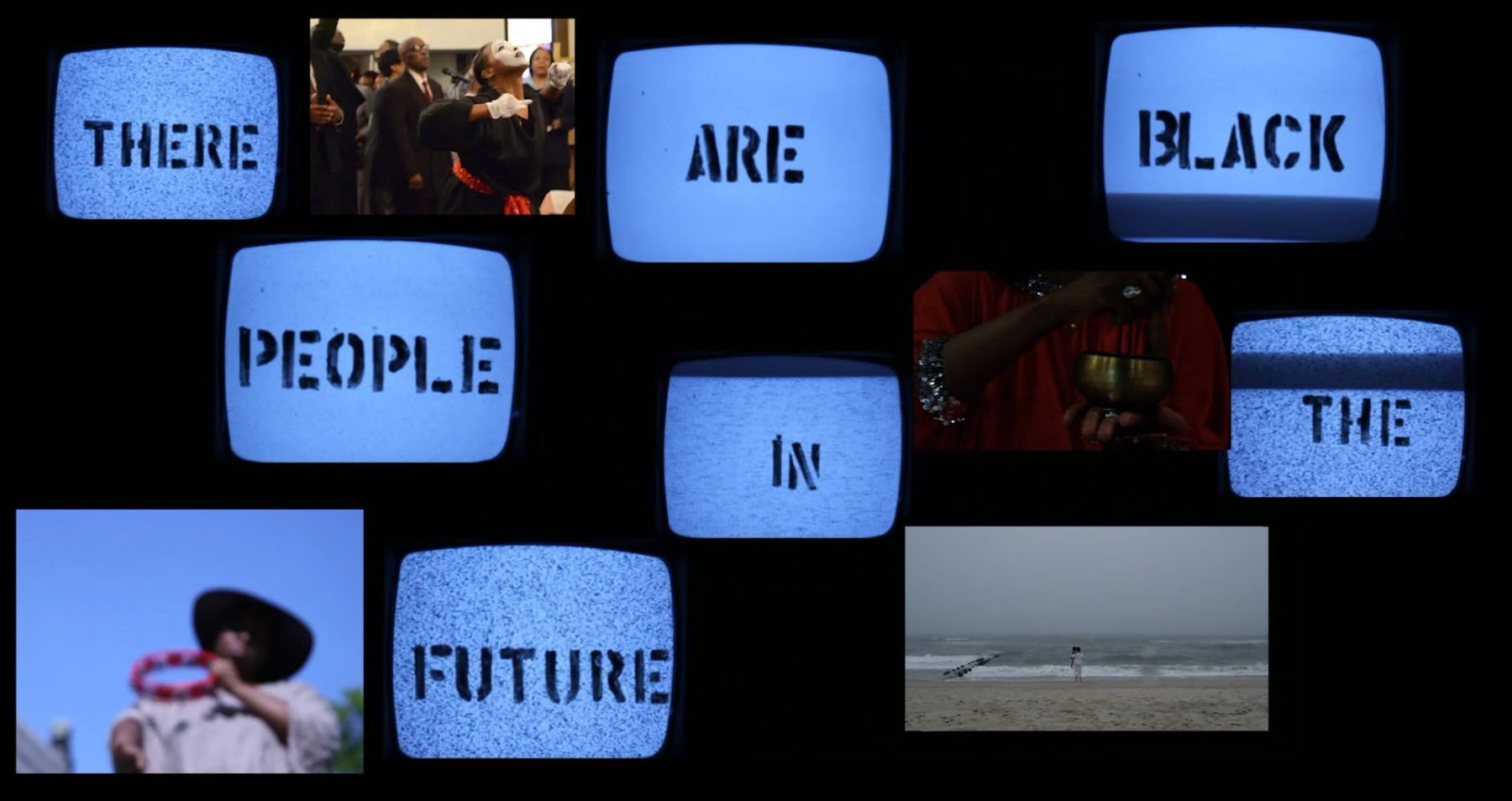
Wormsley spoke of her work with exhibition curator Ingrid LaFleur and explained how her art concept that is now symbolized by the words on the Billboard, turned into an iconic moment for Afrofuturism and how she used the momentum of the controversy surrounding her work to support other artists and foster more discussion on the topic. The work itself is a bridge for social engagement, activism, redistributing wealth, science fiction, public art, and film, and media to reveal lesser-known histories and fantasize about alternative futures.
When in 2017 the Billboard first appeared above the rooftops of a gentrifying Pittsburg community, the provocative phrase created controversy and was taken down prematurely. With the resulting outcry, the artist realized that the words represented something to a lot of people and she wanted to support this. Wormsley created a public program out of her work, ‘There Are Black People In the Future’, which gives mini-grants to open up discourse around displacement and gentrification and was also awarded a fellowship with Monument Lab and the Goethe Institute. In 2020, Wormsley launched an art residency for Black creative mothers called Sibyls Shrine, which supports over 70 mothers annually.
Being Black inspired the text. Being into science fiction inspired the text.
–– Alisha B. Wormsley
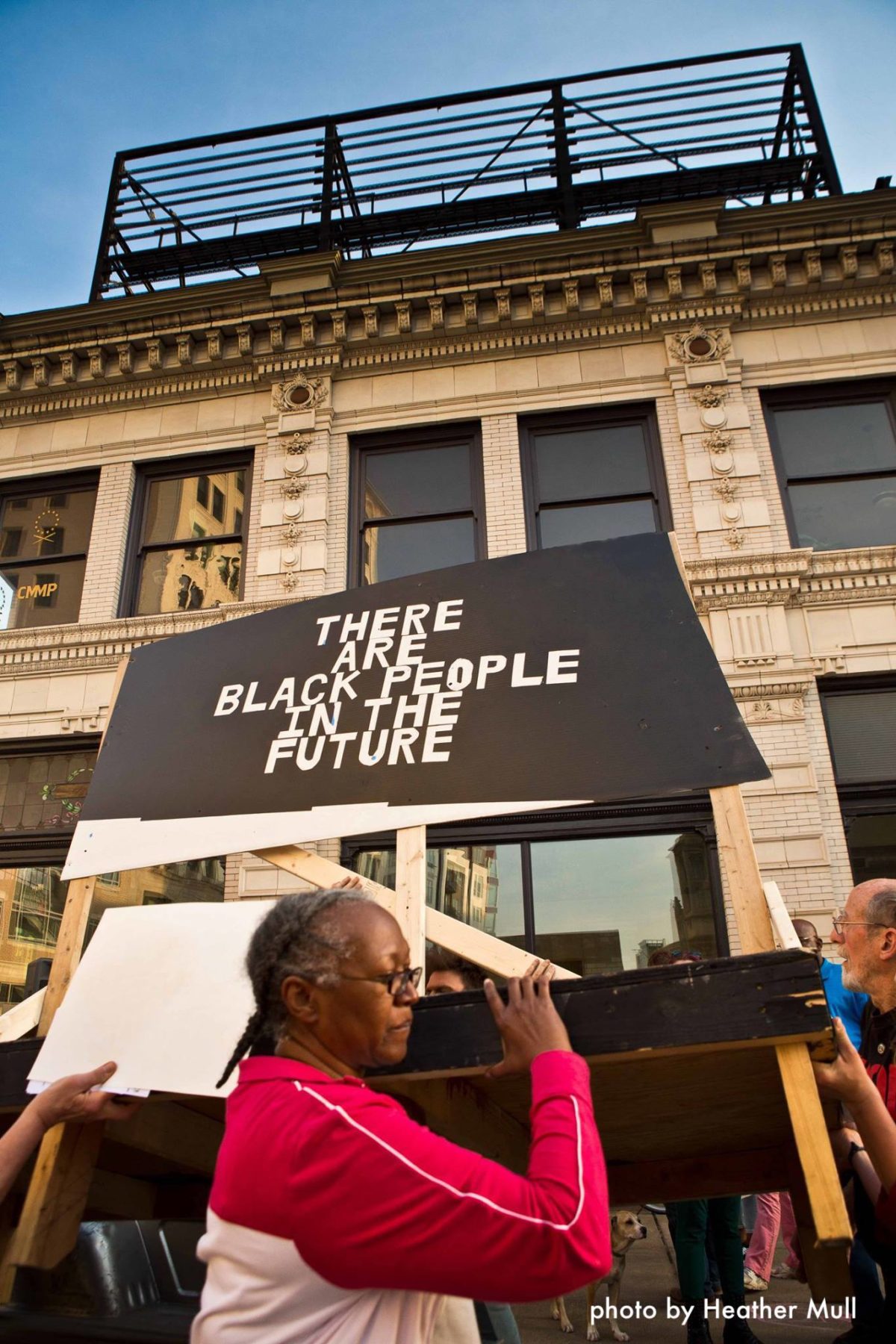
Top image: Alisha B. Wormsley, 'There A Black People in the Future', Installation view in a past exhibition, Courtesy of the artist
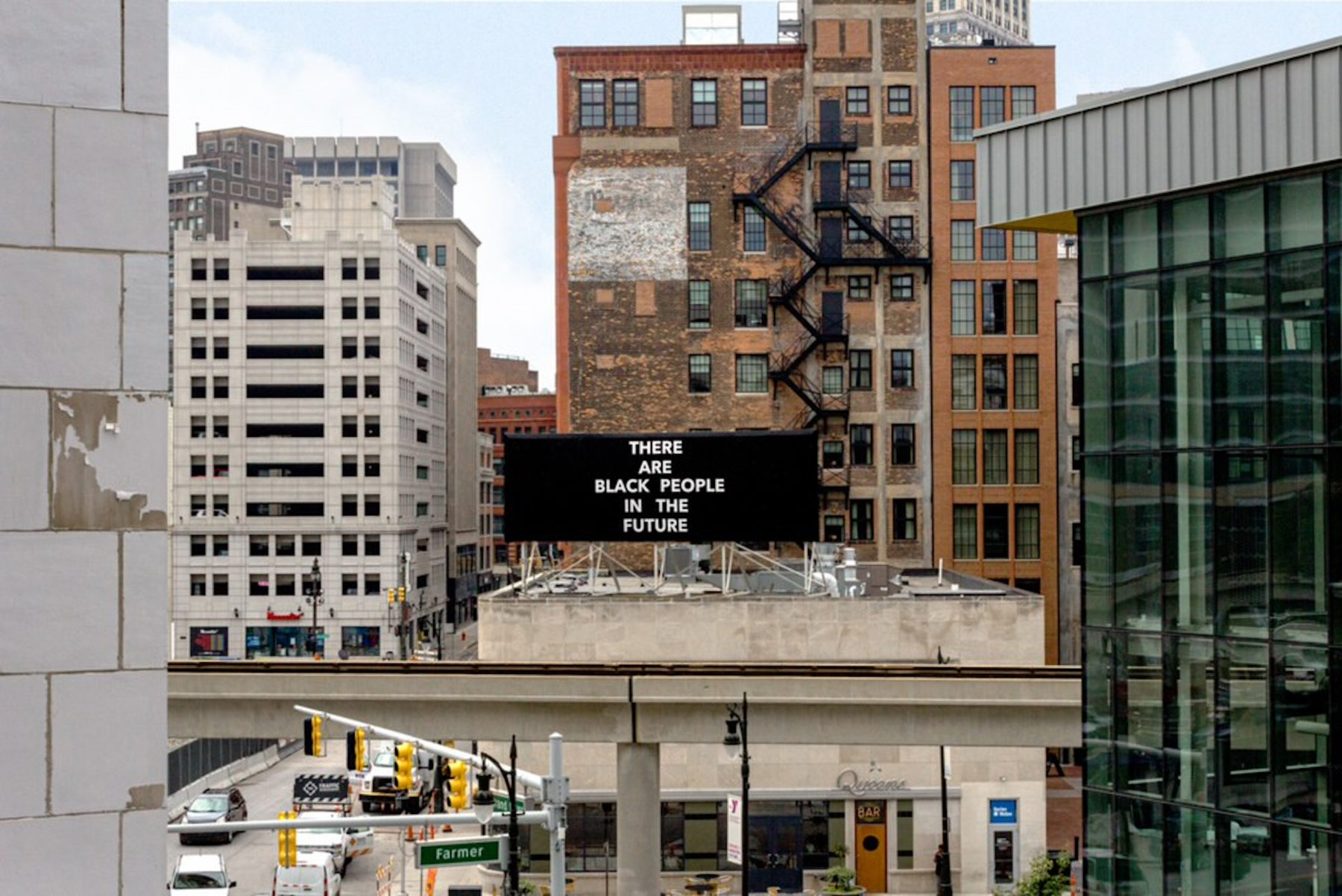
“The billboard has a life of its own,” Wormsley explained. “Like motherhood, you create and nourish life, and it has a life of its own.” It started as a body of work, not just the text, but object installations and videos as well. The work was well received, and the Billboard came later.
Wormsley spoke of what inspired the work and her iconic words. “Being Black inspired the text. Being into science fiction inspired the text.” Other artists, including exhibition curator Ingrid LaFleur, Afrofuturism and science fiction as well, led to conversations that led her to the thought process that eventually turned into the artwork itself.
The artist recalls how in a key moment in her career, when she had been working with high school kids who wanted to make Zombie films ignited the chain reaction of this self-reflection. Exploring possible filming locations, led the student group to her own neighborhood, a neighborhood whose residents had been struggling to survive due to a long history of discriminatory treatment. The students thought this neighborhood made for a perfect post-apocalyptic set – which led to many conversations between her, her students, other artists and science fiction devotees. Conversations led to questions about missing Black people in sci-fi films. Until one day, Wormsley declared: “There are Black people in the future too!” She was encouraged to write down these iconic words, and she kept writing and writing more.
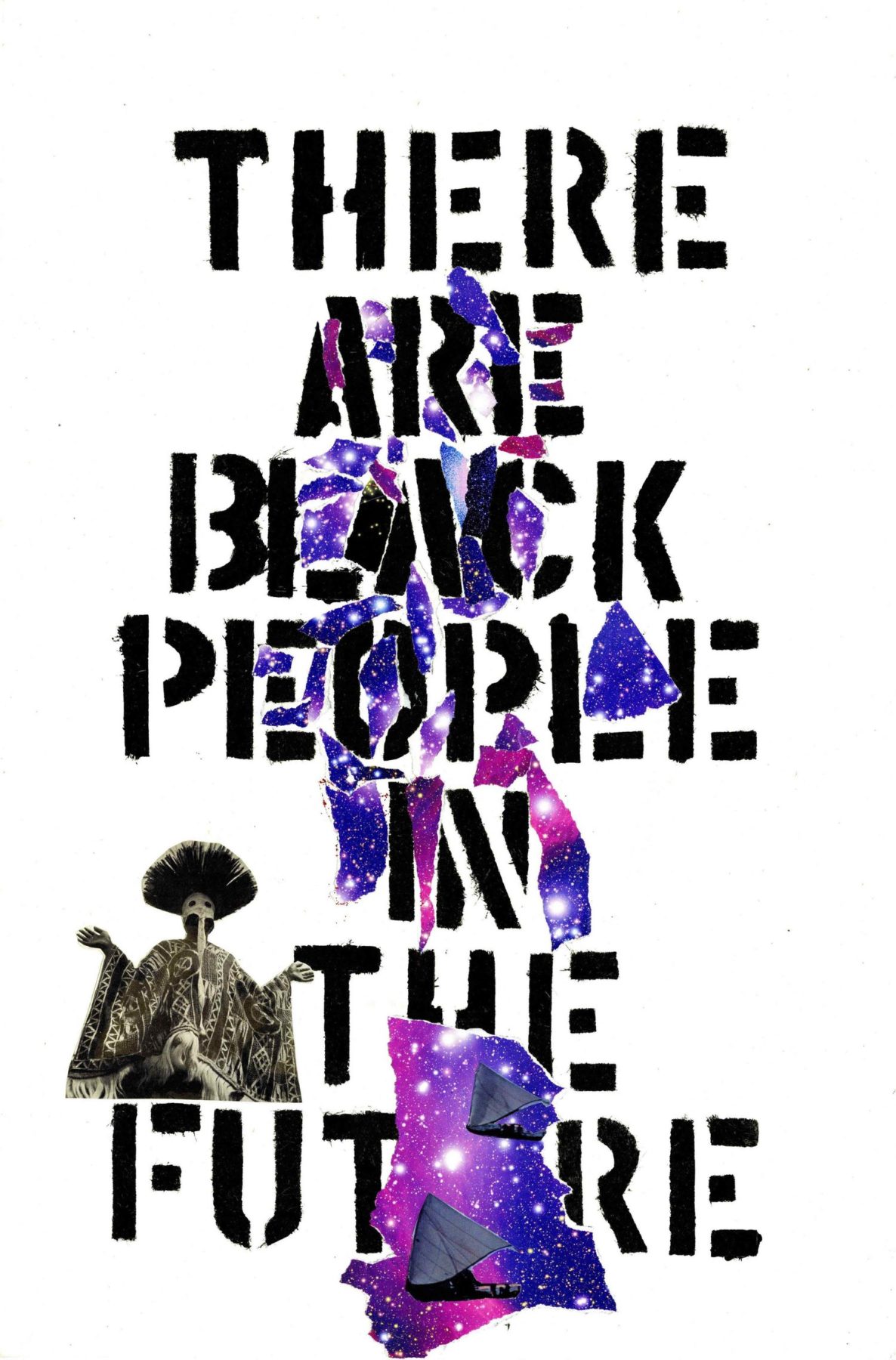
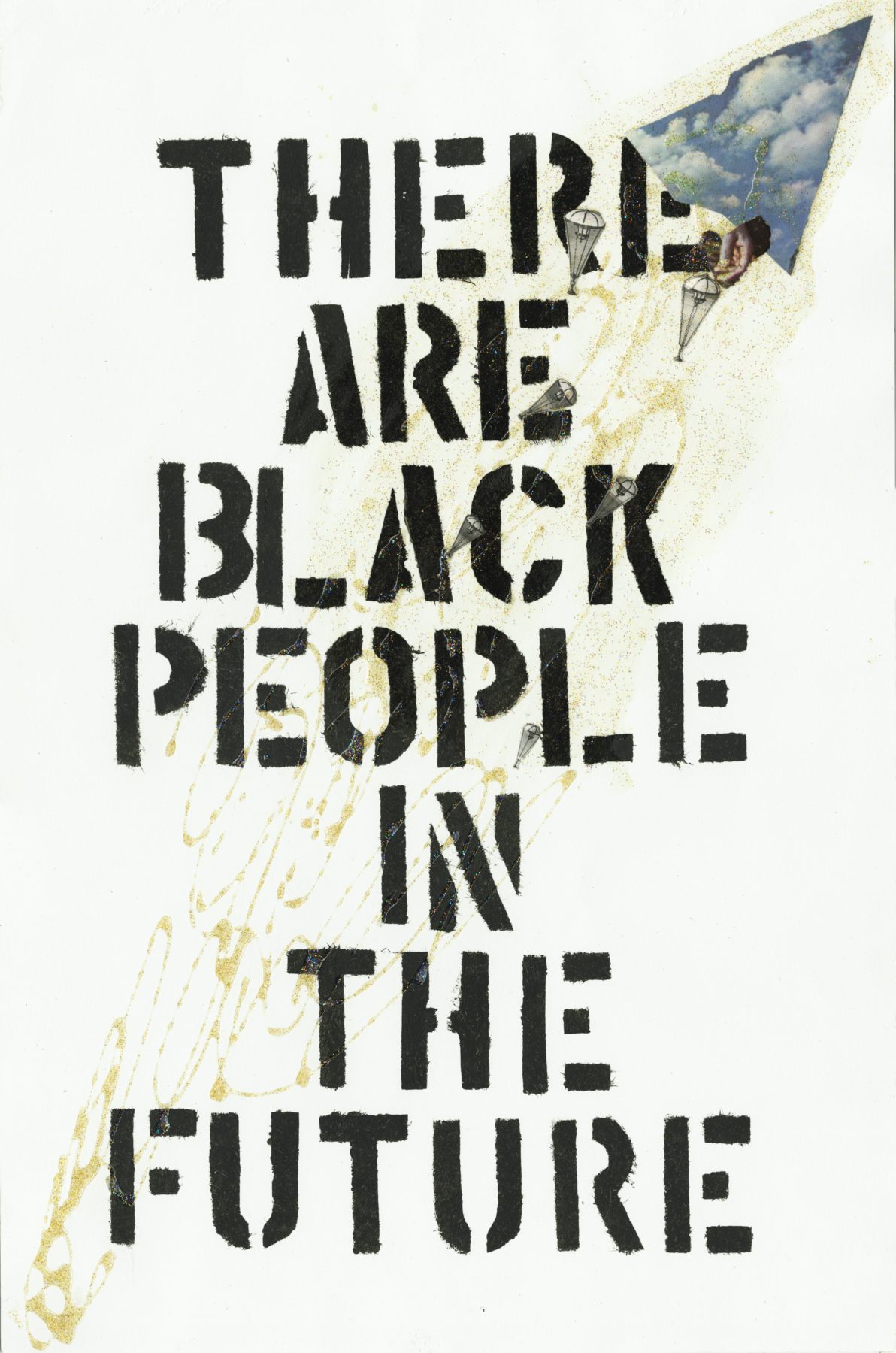
About ‘D.R.E.A.M.= A Way to AFRAM’
Another work to be featured is ‘D.R.E.A.M.= A Way to AFRAM’, a collaboration between Wormsley and artist Li Harris to investigate ways to activate a network of portals that lead to safe pleasurable places. The video installation documents the process of opening a portal in Marfa, TX.
The tension the audience witnesses between the two is the necessary energy to open portals to utopias they’ve identified here on Earth. In the words of artist Lisa E. Harris on the project website, “Afram, African – America, is an inner space reality for Black exponential potential of being. In Afram, Black people can dream. We can wake up. We can build. Black people can be Black and indigenous at the same time. We can be alone. We can be angry. We can be trans. We can be lazy. We can trust. We can be uncertain. We can be innocent. We can be mediocre. We can be evil. We can be bored. We can transform. We can be.”
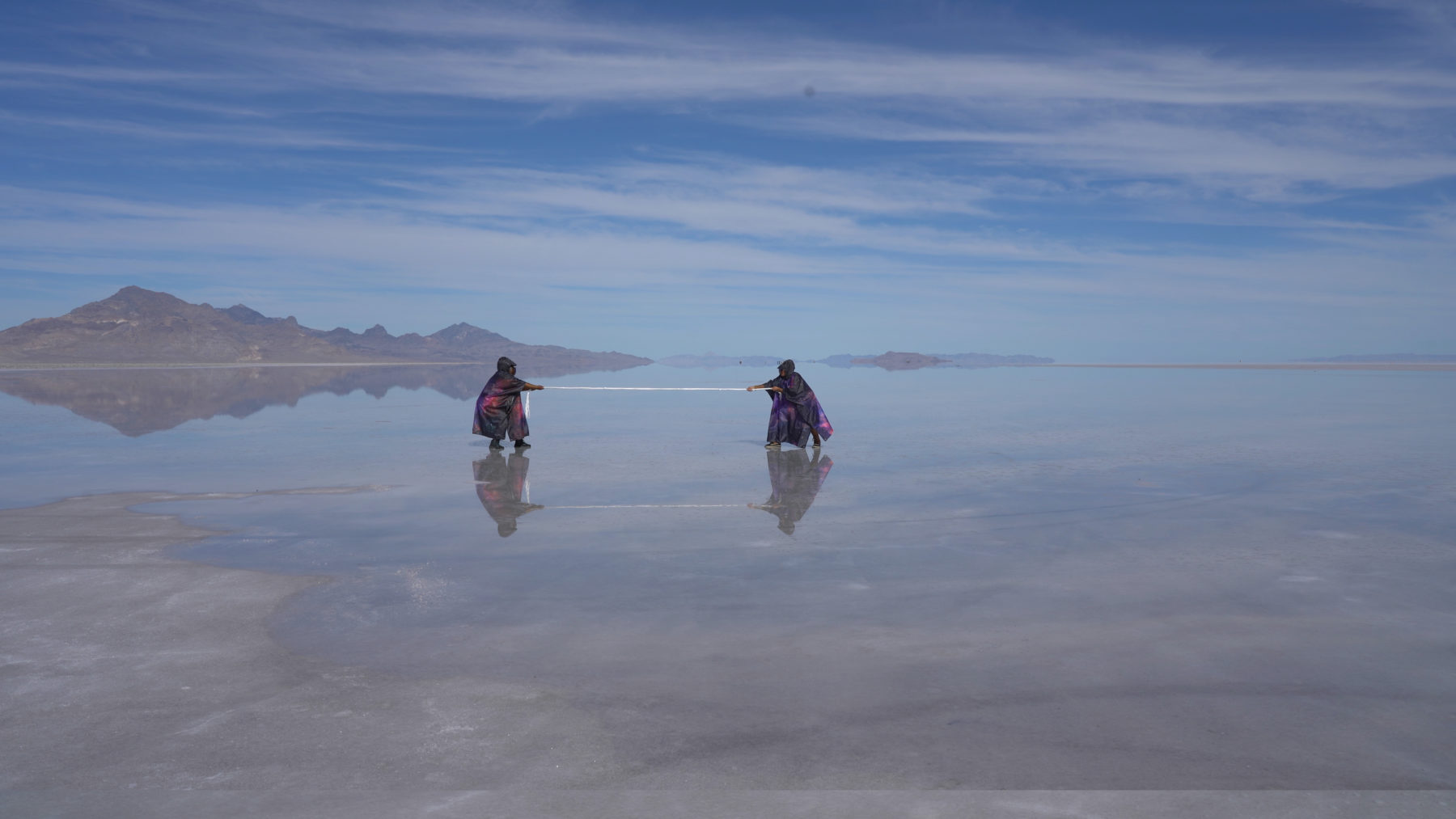
Lisa E. Harris, Li, is an independent and interdisciplinary artist, creative soprano, performer, composer, improvisor, writer, singer/songwriter and educator from Houston Texas.
Using voice, theremin, movement, improvisation, meditation and new media to explore spatial awareness, relationality, panoptical surveillance and sonic profiling, she maintains a focused concentration on healing in performance and living. She is the founder and creative director of Studio Enertia, an arts collective and production company in Houston Texas.
Forthcoming publications include ‘Black Women As/And the Living Archive’ an exhibition book with curators Alisha B. Wormsley, Tsedaye Makonnen and Washington Project for the Arts. Recent commissions include ‘Give It a Rest: X Lullabies in Support of Black Rest/Unrest’ for the contemporary classical duo Mazumal, and ‘A Black Woman Told Me and I Believe Her. A Movement’, commissioned by Harvard University for the 2020 Freshman Seminar under the direction of Professor Claire Chase.
She is a 2020 Monroe Research Fellow at Tulane University’s Center for the Gulf South where is developing her environmental justice research project ‘Onshore Trilling: What to Do When the Earth Sings the Bruise.’
Wormsley told of the story of the project and how the idea came about. Lisa E. Harris had been doing an arts residency in the town of Marfa, TX where she found herself, quite literally, the only Black person amid the town’s White residents and immigrant Latino population. And she found herself in the center of very uncomfortable glances, stares and assumptions. She started thinking then, and imaging a portal — a music that is a portal to a safe place for Black people. The outer-worldly landscape of “Marfa” could be reversed into “afraM” – a utopia for Black people and coincidentally reads African America for short.
When Harris shared her thoughts with Wormsley, they decided to create this project in the form of a game. This is where the idea of a tug of war with a rope came about. The tension and vibrations created by the tug between the two forces, the two players would resonate with the frequencies of the landscape and open the portal to enter Afram.
The artists thus opened portals in various locations and settings in the US. And decided that the project must be filmed from the other side of the portal too, the true Afram. In this spirit they will be traveling to Africa to complete their project in the settings of Ethiopia, Tansania and the Seychelles – sending the audience through their music to the gorgeous utopias of the African motherland.
This sci-fi project is grounded on planet Earth, explained Wormsley, because partly it symbolizes earthly feats of Black women and Black mothers, to create safe spaces wherever they are. “We moved a lot and every house we moved into, no matter the neighborhood, my mom made beautiful and it felt safe. And, it felt like that was her superpower.” There is a plane here on Earth where this safe space can be, said Wormsley. We just need to play with the dimensions to get there, through a process of pleasure, beauty, fun and tension.
_____
Caveat: This conversation has been redacted and edited for clarity from an artist interview with curator Ingrid LaFleur.
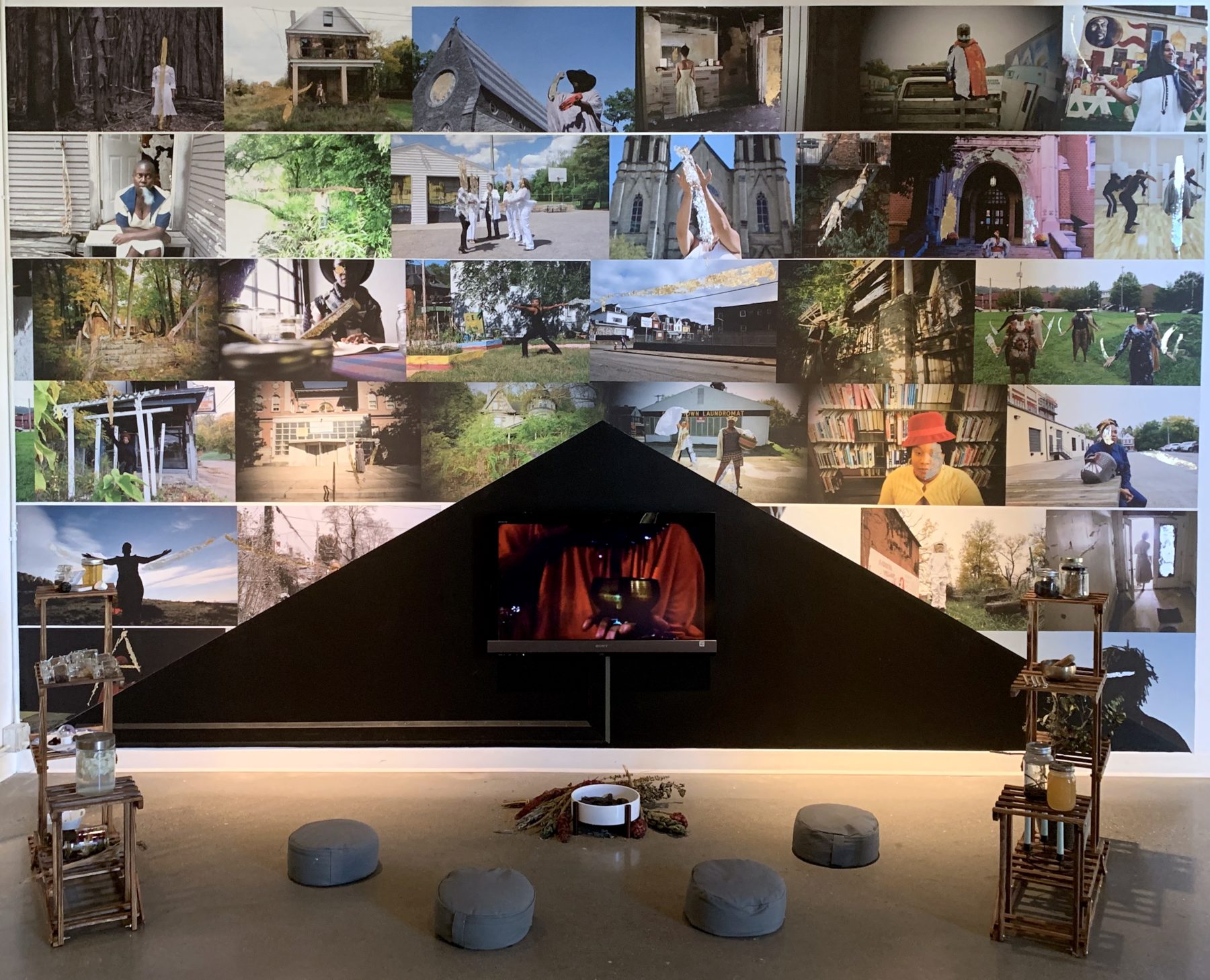
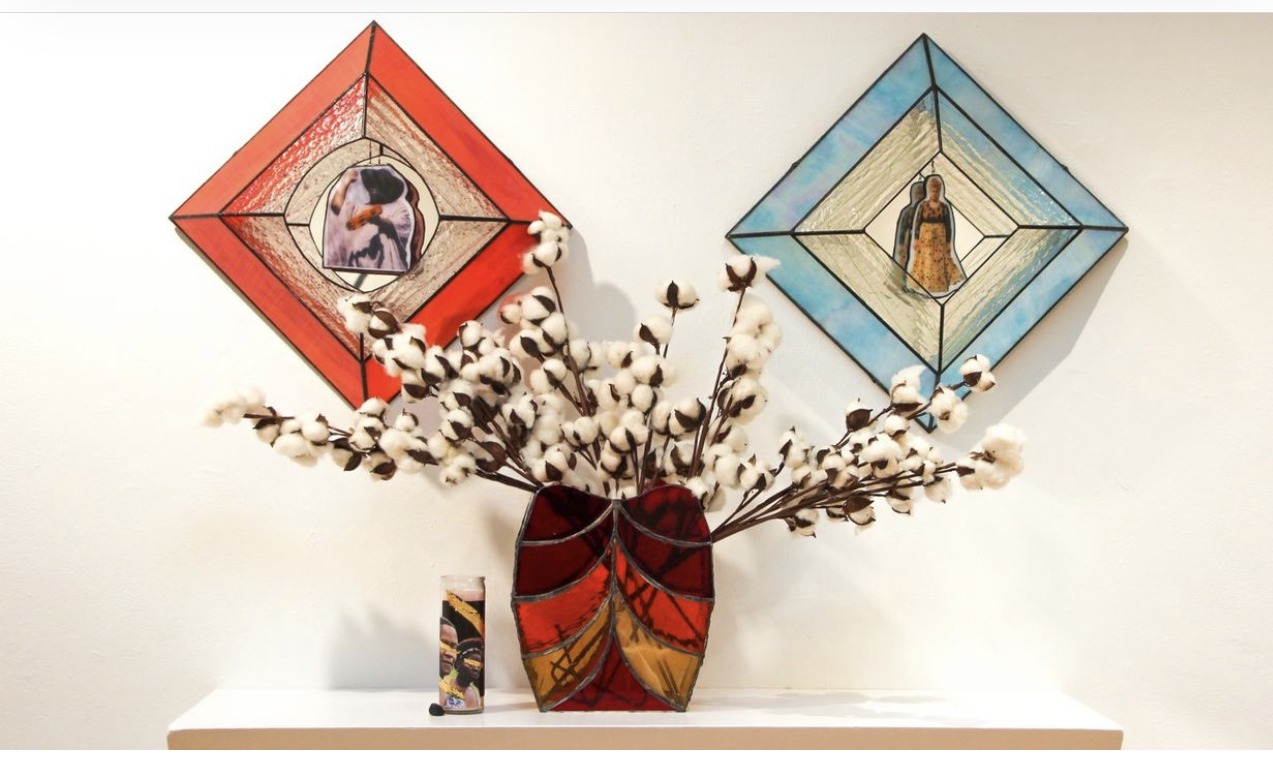
Alisha B. Wormsley is an interdisciplinary artist and cultural producer. Wormsley views her art as a rebellion like being a Black woman in America.
Her work contributes to the imagining of the future of arts, science, and technology through the Black woman lens, challenging contemporary views of modern American life through whichever medium she feels is the best form of expression, creating an object, a sculpture, a billboard, performance, or film. The work is a bridge for social engagement, activism, redistribute wealth, science fiction, public art, and film, and media to reveal lesser-known histories and fantasize about alternative futures.
Wormsley created a public program out of her work, ‘There Are Black People In the Future’, which gives mini-grants to open up discourse around displacement and gentrification and was also awarded a fellowship with Monument Lab and the Goethe Institute.
In 2020, Wormsley launched an art residency for Black creative mothers called Sibyls Shrine, which supports over 70 mothers annually.